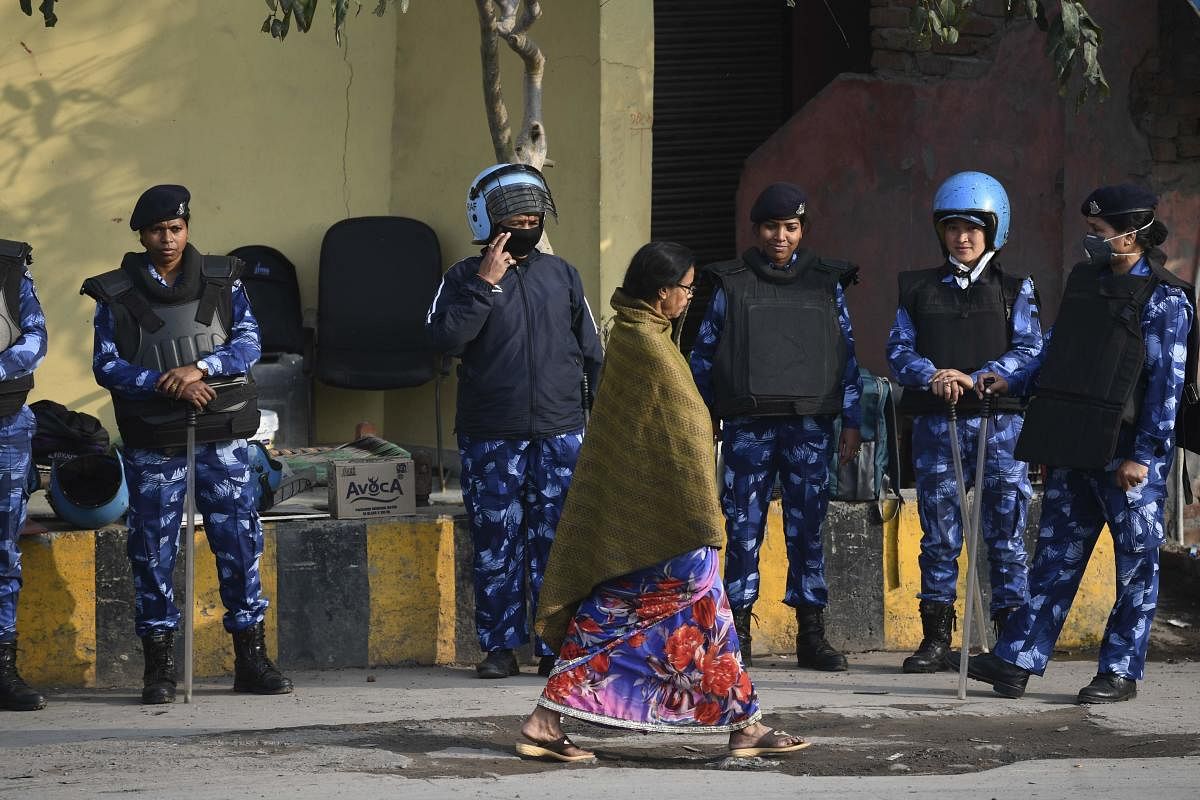
Delhi Police personnel had opened up the bandage of a gunshot-wound patient four times over a distance of one km to examine the bullet injury when the patient, writhing in pain, was shifted from the poorly-equipped Al Hind hospital in the violence-hit Mustafabad of northeast Delhi to a government hospital.
“I was in an ambulance with the patient who was being shifted to Guru Teg Bahadur (GTB) hospital. There is a stretch of one km with heavy police presence where the ambulance was stopped four times and each time the patient’s bandage was opened by a policeman to see the wound,” Harjit Singh Bhatti, a doctor and national president of the Progressive Medicos and Scientists Forum, said.
“The police also didn’t allow his attendant to travel with him. Fortunately, there were some volunteers at GTB,” he said.
This is one of the several horrific incidents narrated by Bhatti and a few other activists who visited the riot-affected areas.
In an unprecedented midnight hearing, the Delhi High Court on February 25 had directed the Delhi Police to ensure safe passage and emergency treatment for those injured in the violence over the amended citizenship law.
The court had held an urgent hearing at the residence of Justice S Murlidhar, who has now been transferred to the Punjab and Haryana High Court.
“Far from providing healing from the trauma that victims faced, the public health system itself ended up inflicting secondary trauma through acts of commission and omission,” Jan Swasthya Abhiyan (JSA) says in a report.
For instance, one of the common causes to deny treatment was lack of an MLC (medico-legal case) number. At LNJP hospital, two doctors had to intervene when a patient without an MLC number was being sent back by the police.
The JSA report documents several instances of victims’ inability to reach healthcare facilities during the violence that continued unabated for four days. In many instances, the mobs prevented ambulances from reaching hospitals and there was barely any mobile van with medical facilities. The lack of medical access was compounded by the deep-seated sense of fear and insecurity in government-run hospitals.
“There were wounded people among the minority community who said they would rather stay back and die rather than visiting any government hospital,” said Bhatti.
